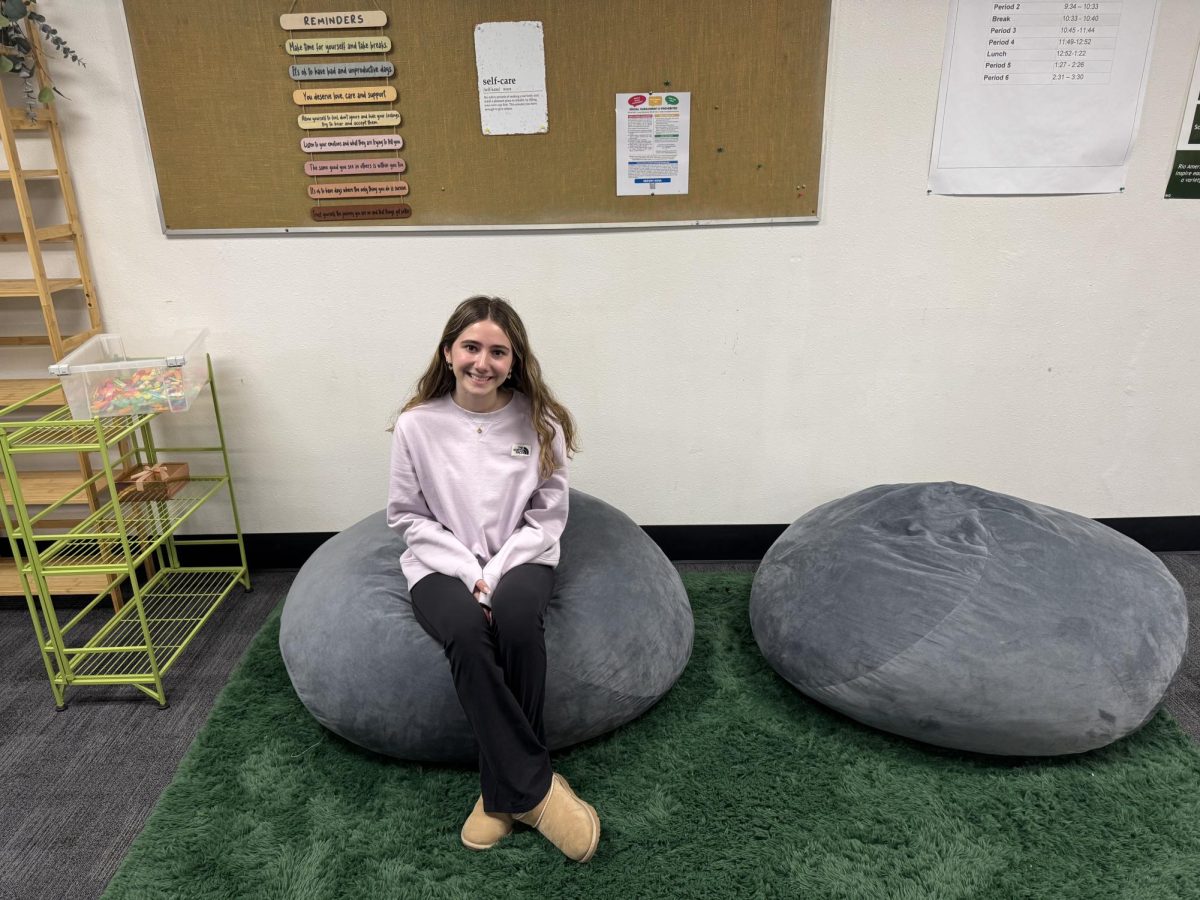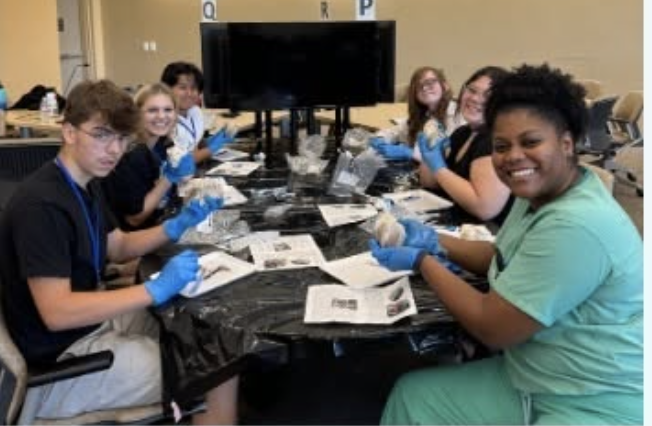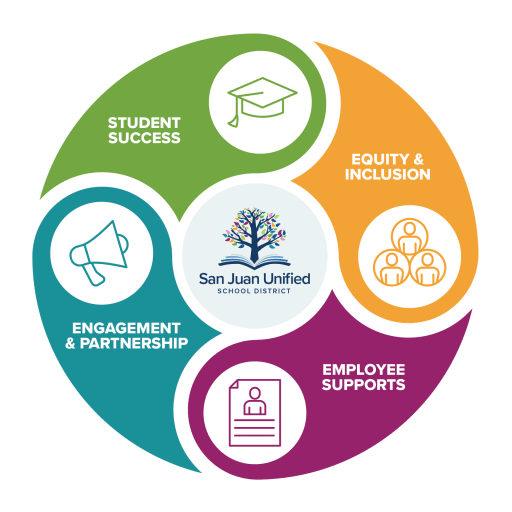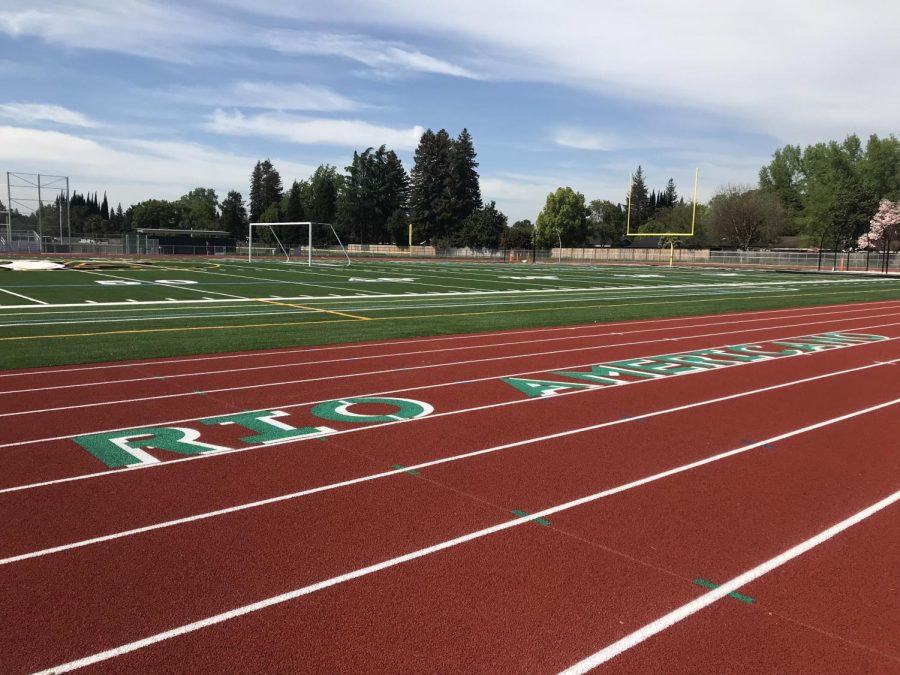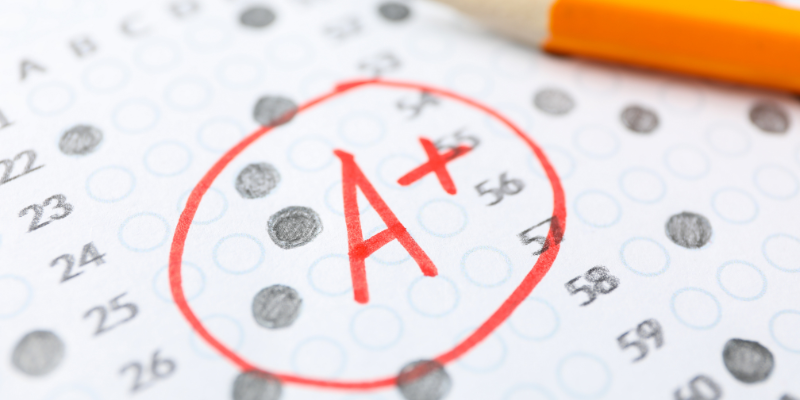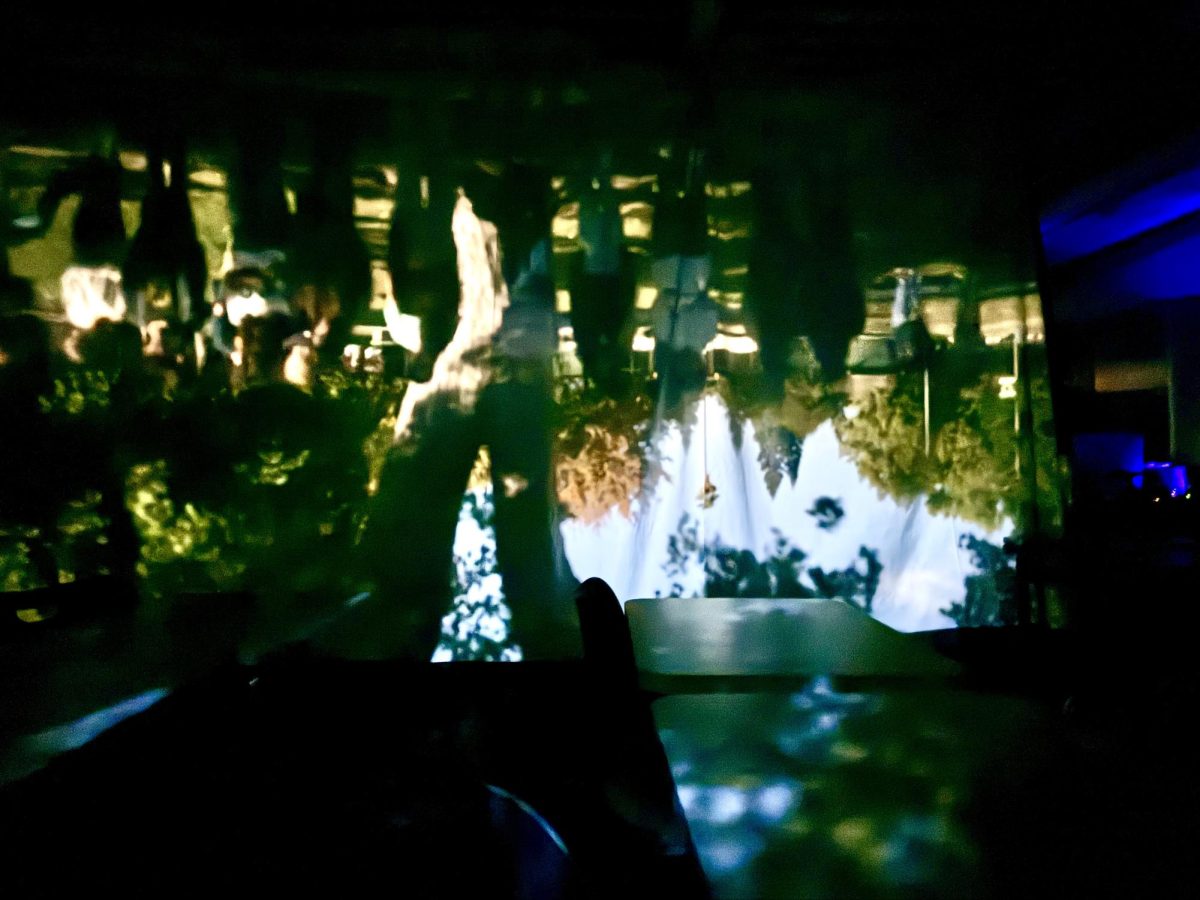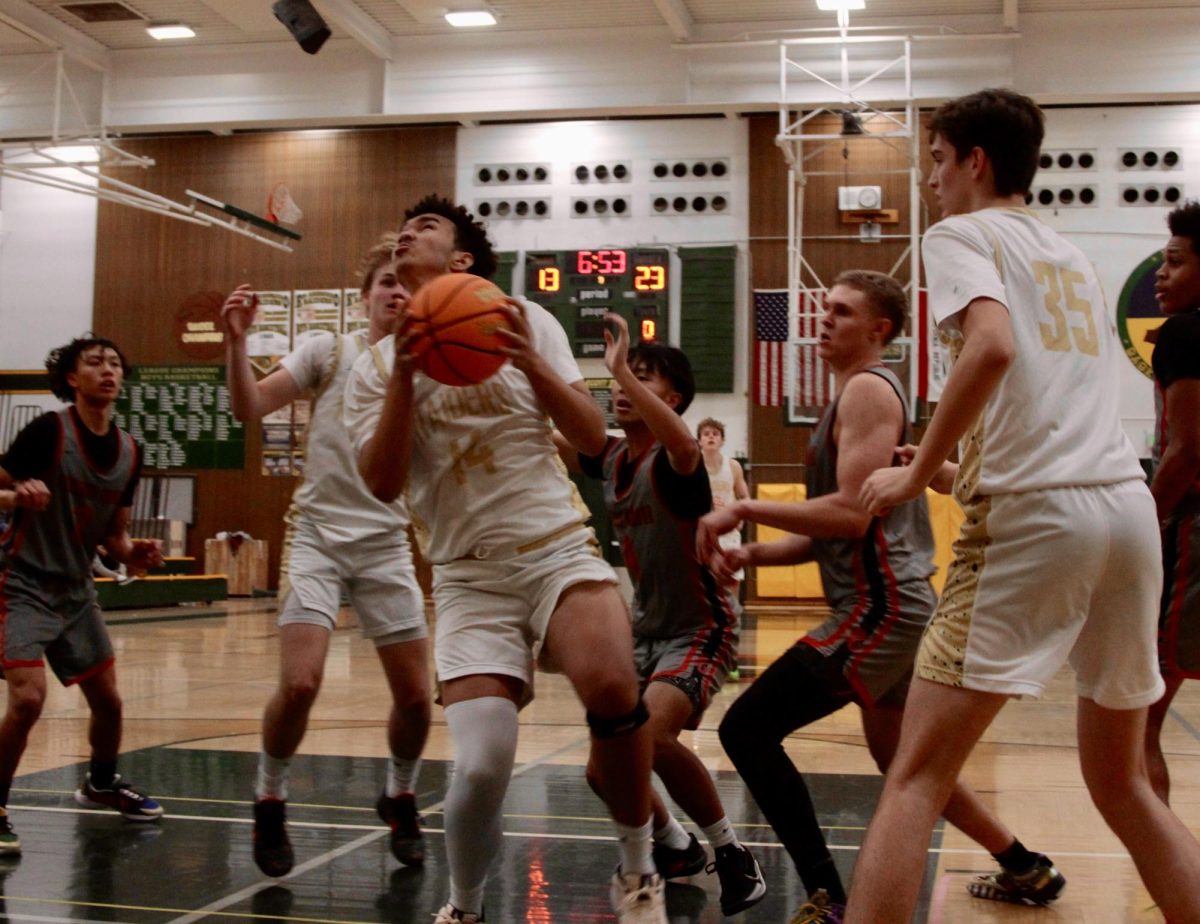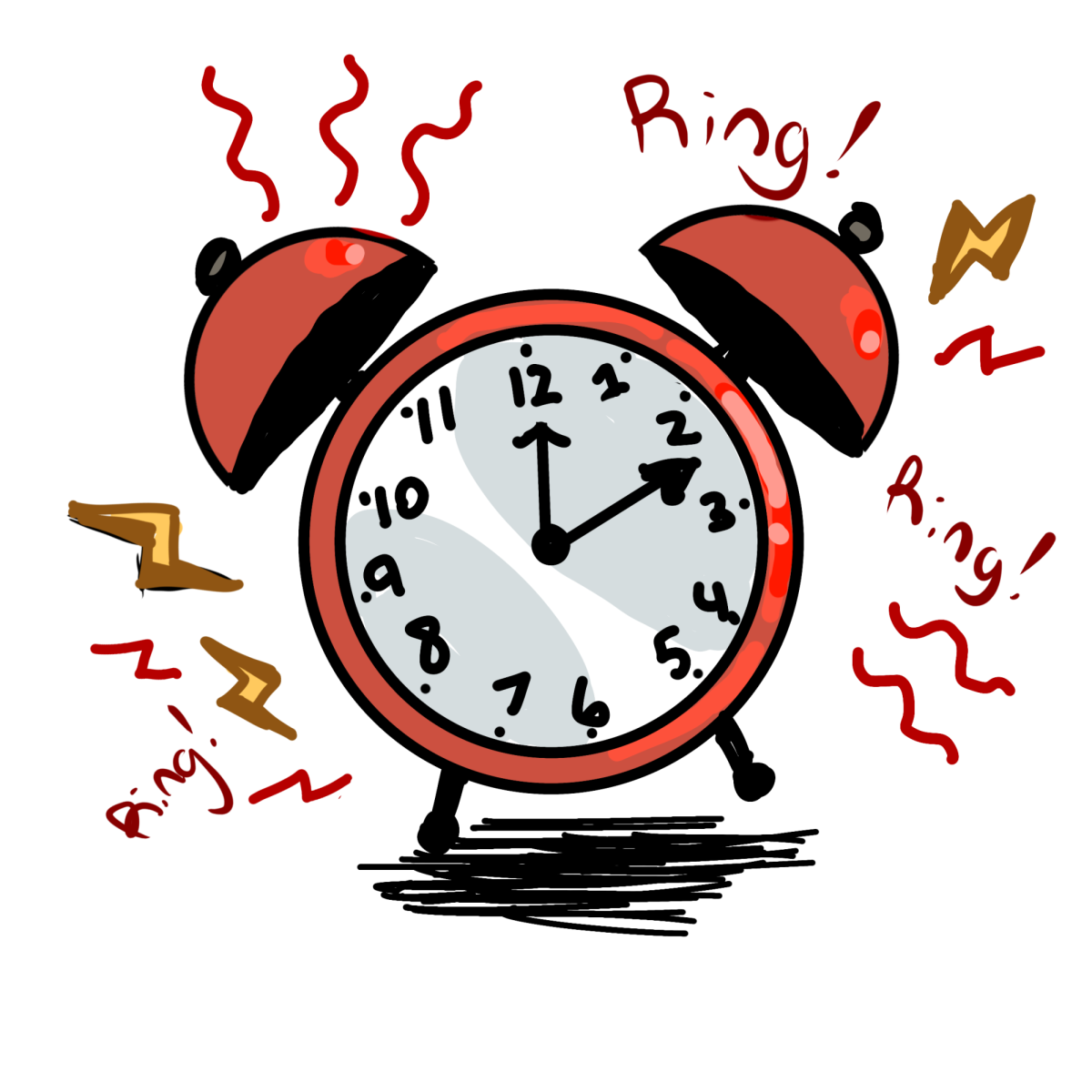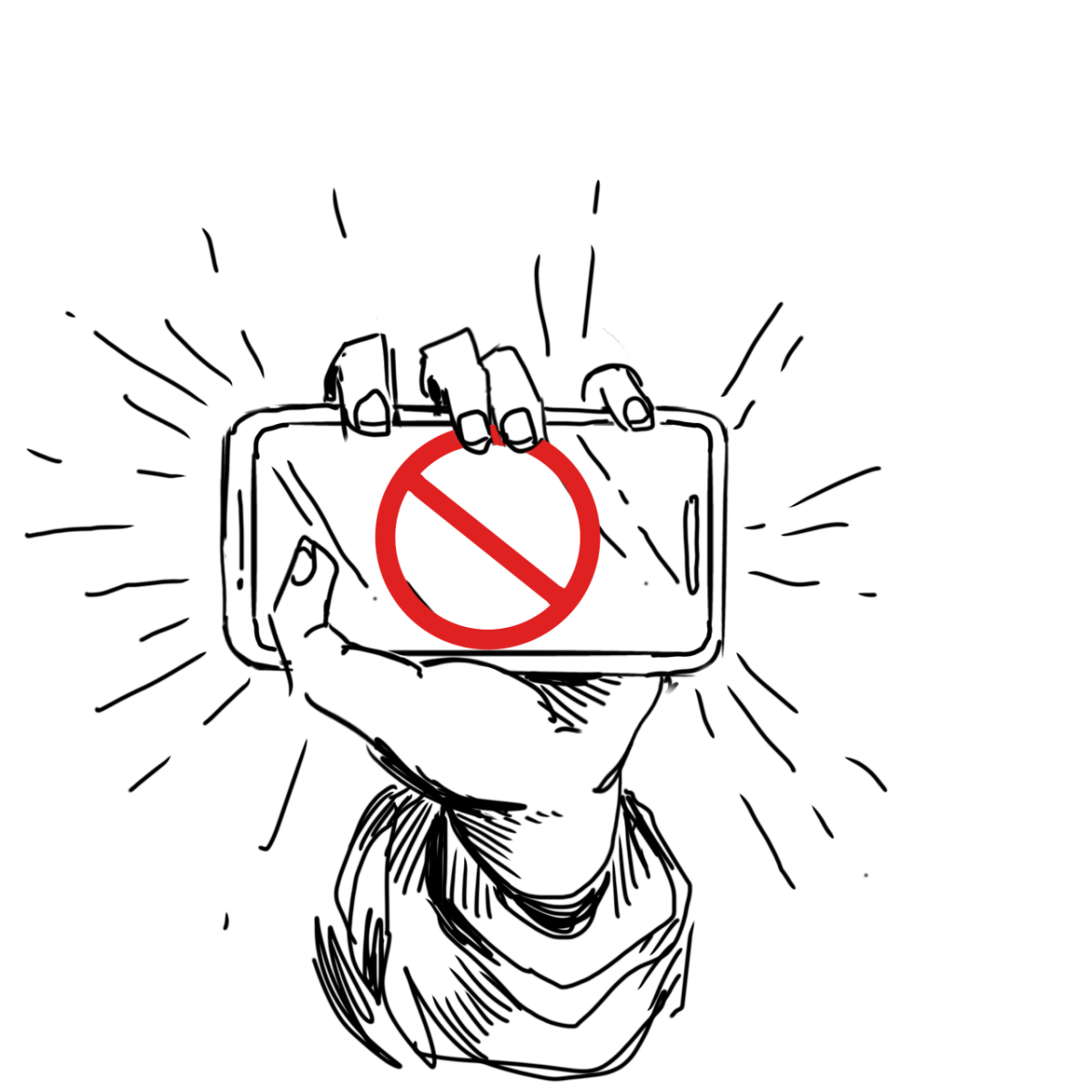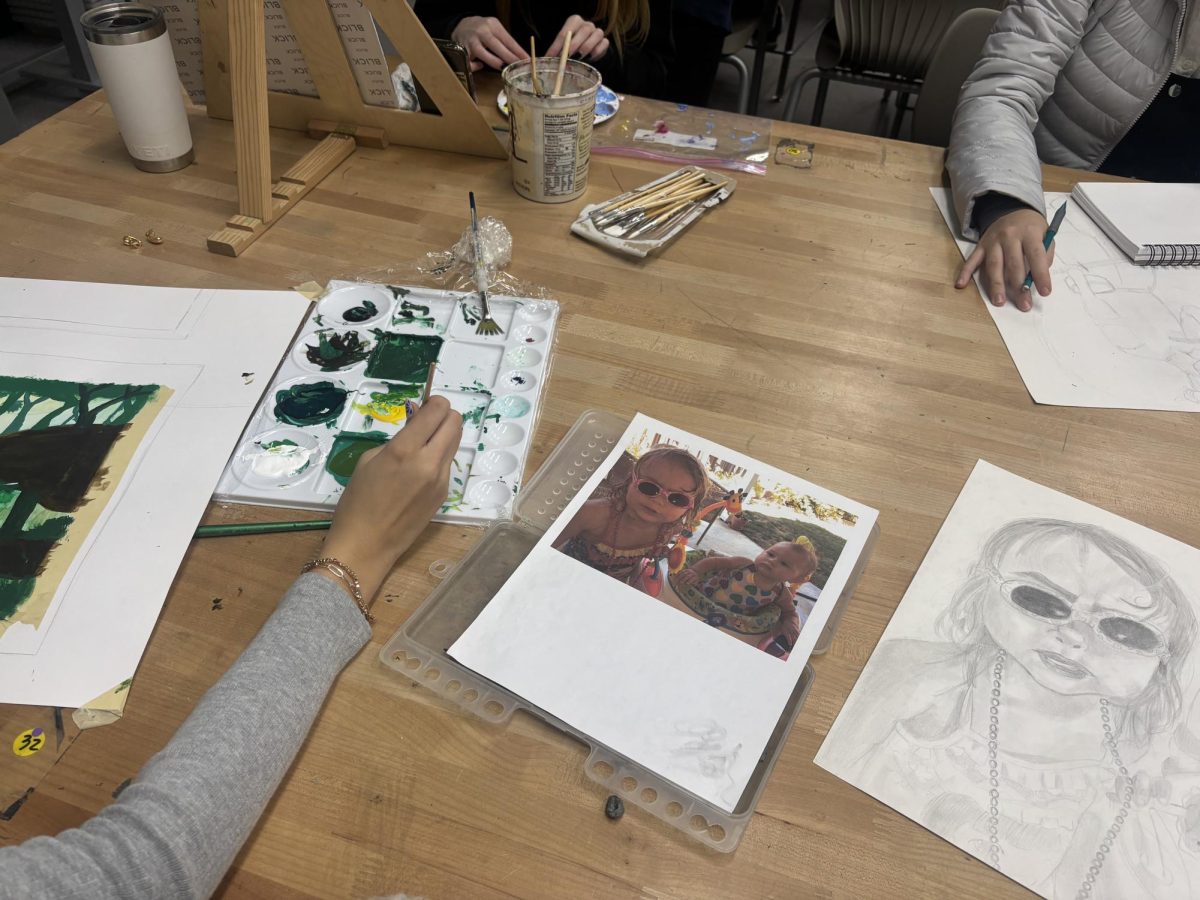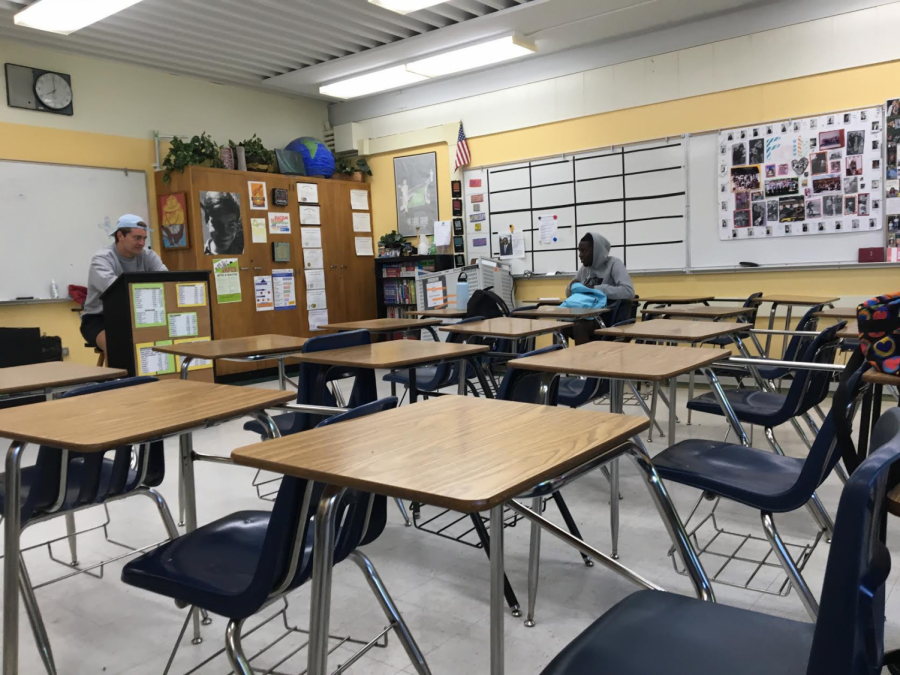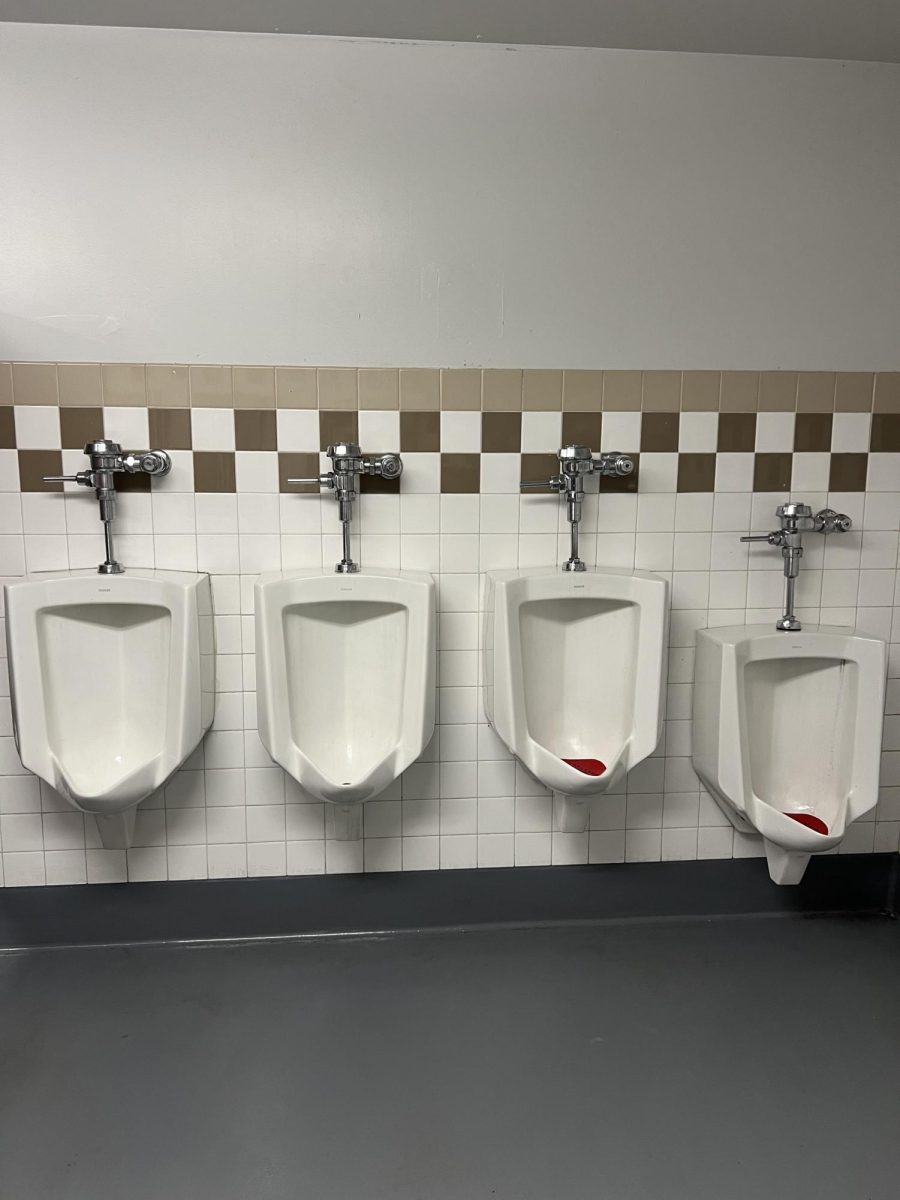Annotation on Kami. Essays on Google Docs. Presentations on Google Slides. Infographics on Canva. Quizlet. Duolingo. Blooket.
These are just some of the educational technology programs students use in school, many of which they have come to rely on.
These platforms have arguably made assignments easier to complete. But is all this tech use really benefiting students?
It’s become clear that education apps are harmful to students’ comprehension skills and negatively affect their productivity.
These technologies also don’t help with our reading crisis: 40% of U.S. children are nonreaders, and two-thirds of them are unable to read at grade-level proficiency, according to Scientific American.
Reading on screens has been shown to lower comprehension skills as students have less brain activity reading on screens than in print, several studies have found.
Researchers are unclear on the exact reasons for this phenomenon, but if we have plenty of great real books at our fingertips, why not use them?
While some say technology has improved students’ workloads by streamlining the process — organizing assignments in Google Classroom, for example — I’ve found that all the different websites and apps we use can actually be distracting. (And forcing students to keep track of assignments, rather than depend on Google Classroom, can also help with their organization skills.)
Student productivity can easily be hindered with artificial intelligence, the temptation of Google and the burden of managing many different apps.
It might be easier to submit and track assignments, but then students have to learn how to use each platform, whether it be a Google app or Quizlet or Kami.
This overreliance on educational technology becomes a slippery slope when students are a few clicks away from relying on a chatbot to do the heavy lifting for them, or when distracting YouTube videos are open in the next tab. A quick search can become three hours of mindless watching.
Plus, when it comes time to study for a test, all the distractions on a device will inhibit the comprehension and retention of the material. Looking at a paper study guide doesn’t have those distractions.
With a record high number of students having access to Chromebooks and iPads in schools across the country, switching back to traditional learning is becoming a hot-button issue in education.
The many harms of these supposedly helpful, all-encompassing digital tools can actually be the enemy of learning. I believe we should switch back to pen-and-paper learning to improve reading and comprehension and help students stay focused.
It can’t hurt to open a notebook or flip a real page in a book once in a while.

